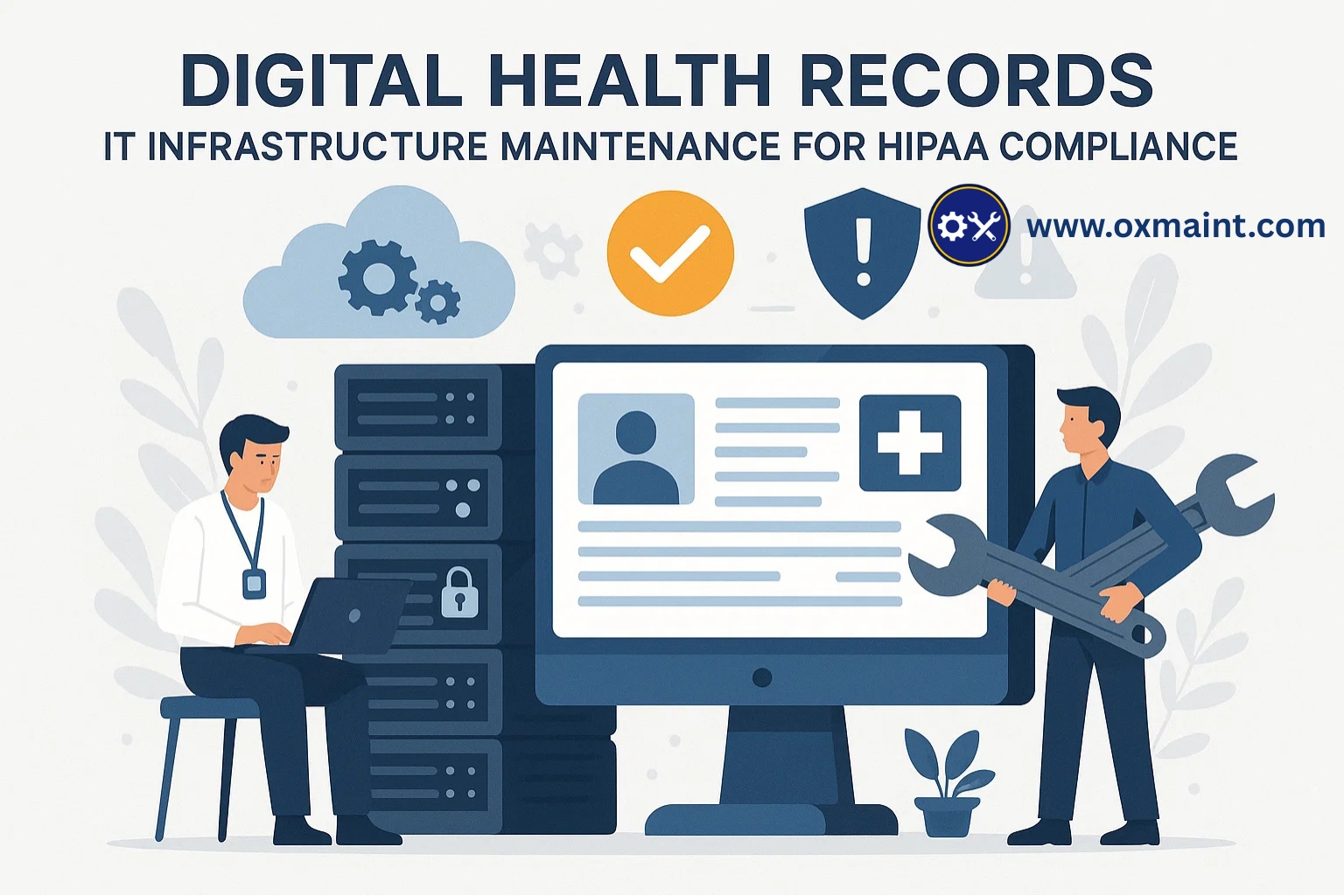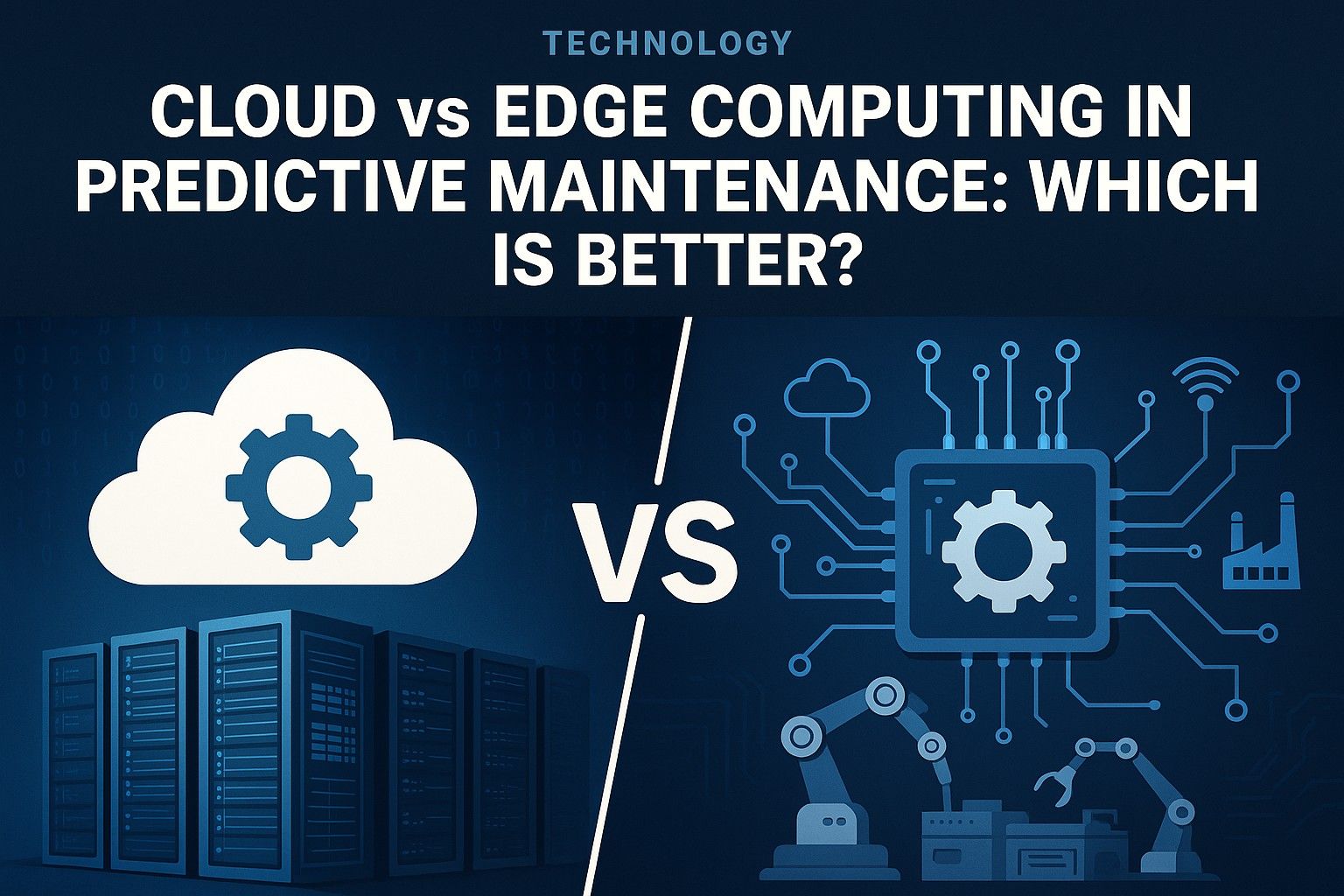In today's manufacturing landscape, protecting employee health information isn't just good practice—it's federal law. As US manufacturing companies increasingly digitize their health records systems, maintaining HIPAA-compliant IT infrastructure has become a critical operational requirement. Whether you're managing occupational health data, workers' compensation claims, or employee wellness programs, your digital infrastructure must meet stringent federal standards while supporting your business operations.
This comprehensive guide provides manufacturing professionals with actionable insights on building and maintaining robust, compliant IT systems that protect sensitive health information while optimizing operational efficiency.
Understanding HIPAA Requirements in Manufacturing Environments
The Health Insurance Portability and Accountability Act (HIPAA) applies to manufacturing companies when they handle protected health information (PHI). This includes occupational health records, injury reports, wellness program data, and any health-related information collected through workplace health initiatives.
Manufacturing facilities face unique challenges in HIPAA compliance due to their diverse workforce, multiple shift operations, and integration with various third-party health service providers. Your IT infrastructure must accommodate these operational realities while maintaining the highest security standards.
Critical Compliance Components
- Access Controls: Role-based permissions ensuring only authorized personnel access specific health records
- Audit Trails: Comprehensive logging of all system access and data modifications
- Data Encryption: Both at-rest and in-transit encryption for all PHI
- Business Associate Agreements: Proper contracts with all third-party vendors handling PHI
Essential IT Infrastructure Components for Compliance
Building a HIPAA-compliant infrastructure requires careful planning and implementation of multiple integrated systems. Your manufacturing facility needs infrastructure that can handle high-volume data processing while maintaining security and accessibility for authorized users.
Core Infrastructure Elements
Secure Network Architecture: Implement network segmentation to isolate health records systems from general manufacturing networks. Use firewalls, intrusion detection systems, and VPNs to create secure communication channels. Consider implementing a zero-trust network model for enhanced security.
Database Security and Management: Deploy encrypted databases with regular backup schedules and disaster recovery protocols. Ensure database access is strictly controlled through multi-factor authentication and regular access reviews. Implement database activity monitoring to track all interactions with PHI.
Cloud vs. On-Premises Considerations: Many manufacturing companies benefit from hybrid cloud solutions that keep sensitive data on-premises while leveraging cloud services for scalability. Ensure any cloud providers are HIPAA-compliant and provide proper Business Associate Agreements.
Maintenance Best Practices for HIPAA-Compliant Systems
Maintaining HIPAA compliance isn't a one-time implementation—it requires ongoing attention and systematic maintenance protocols. Manufacturing environments with 24/7 operations need maintenance strategies that minimize downtime while ensuring continuous compliance.
Proactive Maintenance Strategies
Regular Security Updates and Patch Management: Establish automated patch management systems for all components handling PHI. Schedule updates during planned maintenance windows and maintain rollback procedures. Keep an inventory of all systems and their patch status.
Continuous Monitoring and Alerting: Implement real-time monitoring for unusual access patterns, system performance issues, and potential security breaches. Set up automated alerts for compliance violations and system anomalies that could indicate problems.
Routine Compliance Audits: Conduct quarterly internal audits of access logs, system configurations, and security controls. Document all findings and maintain remediation plans for identified issues. Consider engaging third-party auditors for annual comprehensive reviews.
Risk Management and Security Protocols
Manufacturing environments face unique security challenges due to their operational requirements and workforce diversity. Your risk management strategy must address both cybersecurity threats and physical security concerns while maintaining operational efficiency.
Comprehensive Risk Assessment
Threat Identification and Mitigation: Regular risk assessments should identify potential threats including cyber attacks, insider threats, natural disasters, and system failures. Develop specific mitigation strategies for each identified risk and test these regularly through tabletop exercises.
Incident Response Planning: Create detailed incident response plans that address potential HIPAA breaches. Ensure your team knows how to contain breaches, assess impact, notify appropriate parties, and document all actions taken. Practice these procedures regularly through simulation exercises.
Employee Training and Awareness: Implement comprehensive HIPAA training programs for all staff who interact with health records systems. Include specific training on manufacturing environments, such as proper handling of health information in industrial settings and secure communication protocols during emergencies.
Cost-Effective Compliance Strategies
Achieving HIPAA compliance doesn't have to break your operational budget. Smart manufacturing companies leverage technology solutions and strategic partnerships to maintain compliance while controlling costs and improving operational efficiency.
Budget-Conscious Implementation
Scalable Solutions: Invest in infrastructure that can grow with your business. Cloud-based solutions often provide cost-effective scalability, while modular on-premises systems allow for incremental expansion as your compliance needs evolve.
Automation and Efficiency: Automated compliance monitoring, backup systems, and security protocols reduce long-term operational costs while improving reliability. Consider implementing compliance management software that can streamline many routine tasks.
Strategic Partnerships: Work with technology partners who understand both manufacturing operations and HIPAA requirements. The right partners can provide expertise, reduce implementation time, and offer ongoing support that's more cost-effective than building internal capabilities from scratch.
Ready to Ensure Your HIPAA Compliance?
Don't let compliance challenges slow down your manufacturing operations. Our team specializes in helping US manufacturing companies build and maintain HIPAA-compliant IT infrastructure that supports both operational excellence and regulatory requirements.
Getting StartedBook a Demo
Conclusion
HIPAA compliance in manufacturing environments requires a comprehensive approach that balances regulatory requirements with operational efficiency. By implementing robust IT infrastructure, maintaining proactive security protocols, and partnering with compliance experts, manufacturing companies can protect sensitive health information while supporting their core business objectives.
The investment in proper HIPAA-compliant infrastructure pays dividends through reduced risk exposure, improved operational efficiency, and enhanced trust from employees and business partners. As digital transformation continues to reshape manufacturing, companies that prioritize compliance will be better positioned for sustainable growth and success.
Remember that HIPAA compliance is an ongoing journey, not a destination. Regular reviews, updates, and improvements to your IT infrastructure ensure continued compliance and optimal performance in your manufacturing operations.









